The Starts
Eat living foods and life will prevail.
~Benjamin Kowal
Now that you have taken out the food groups inhibiting your healing potential, its time to setup your fridge with all the stuff you need to get things going!
Choosing your fruits and proper combining
Read through this section entirely before preparing your shopping list. While staying aligned with the combining guide, choose fruits, melons, and berries that you find taste good and feel good to eat. There is no limitation to how much and how often you can consume them, and there is no great need for variety at this point. It really is as simple as: If it tastes good and feels good when you eat it, then eat it when hungry, and stop when full.
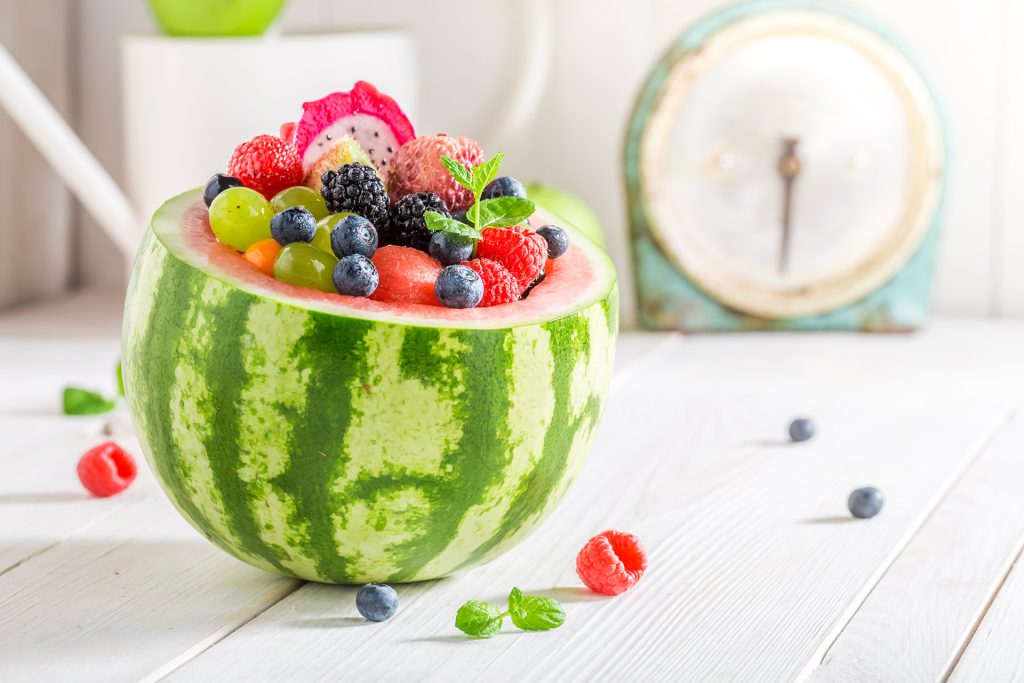
Man’s Healing Foods
General rules:
- It is always understood that organic is best if possible. Always wash the chemicals from all of your foods before eating.
- Sweet fruits combine well with sub-acid Fruits and berries. Do NOT combine sweet fruits with melons or acidic fruits.
- Acid fruits combine well with sub-acid fruits and berries. Do NOT combine acid fruits with sweet fruits or melons.
- Beans, grains, and animal products are NOT fit for purpose at this stage of your journey.
- Nuts are permitted in small amounts when NOT engaged in a CATALYST™ protocol or during a healing crisis.
- Try to get your foods tree/vine ripe where possible.
- If you are dealing with significant fluid retention issues, especially of the axial (underarm) areas or lungs, it may be necessary to limit Juicing. Consuming whole red or dark grapes is most likely your best way forward, however confirm this with your assigned coach.
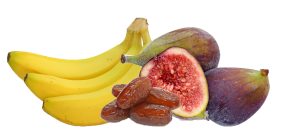
Sweet fruits
Energy loaded and dense, these fruits are used to nourish and provide more sustained energy by comparison to other fruit categories.
Examples of sweet fruits: Banana, Dried organic fruit, Figs, Coconut, Date
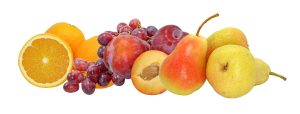
Sub-acid Fruits
Considered the ‘all rounders’, the majority of these fruits have a balanced level of all attributes contained in the other groups. Some of the sub-acids have their own unique superpowers that are leveraged as we move through this program.
Examples of the sub-acid fruits: Apples, Apricots, Peaches, Nectarines, Cherries, Grapes, Peaches, Pears, Orange (ripe), Mango
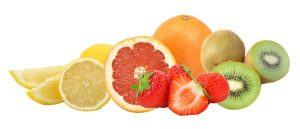
Acid fruits
Used for the provision of energy, hydration and the stripping of mucoid plaques (the sticky, gum-like impactions that form on the bowel wall from incorrect foods that inhibit function).
Use caution consuming these in the early stages as, depending on the location and presentation of your issue, they can pull a little too hard for tolerance. Your intuition and body’s responses will steer you on the right path here. Trust and modify your intake as required, and as always, reach out to us for assistance if required.
Examples of acid fruits: Grapefruit, Kiwi, Lemons, Limes, Strawberry, Pineapple, Pomegranate, Orange (unripe)
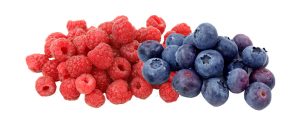
Berries
Use the berries for their superior antioxidant and gland inspiring properties. The darker the berry, the more antioxidant it contains.
Examples of berries: Blackberries, Blueberries, Raspberries, Acai
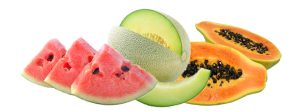
Melons
Eat melon alone or leave it alone. Use melon for its highly astringent and hydrating qualities, but be sure to consume it all by itself as it digests much faster than any other food.
Examples of melon: Watermelon, Cantaloupe, Honeydew, Papaya
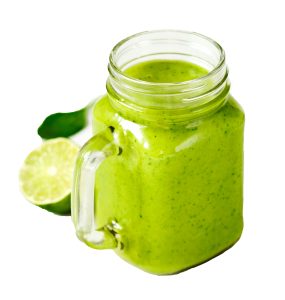
Greens (preferably had as smoothies)
Used to satisfy a hungry belly and to cut through any resistance felt toward the fruits. These are not healing foods in the context of the task we are up to right now, but they will not detract from progress and can offer respite, allowing for recharged motivation.
Examples of greens: Dandelion greens, Spinach, Seaweeds, Kale, Beet tops and Bottoms, Parsley
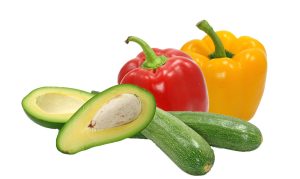
Vege fruits
Like the greens, the vege fruits can be used to satisfy a hungry belly and to cut through any resistance felt toward the fruits. These are not healing foods in the context of the task we are up to right now, but they will not detract from progress and can offer respite, allowing for recharged motivation.
Examples of vege fruits: Avocado, Cucumber, Bell peppers, Capsicum, Vine ripened tomatoes
Food combining: dos, do nots and general context
For the purpose of satisfying a mind that may still be trying to bridge the gaps between what it has learnt over a lifetime of passed down tradition and conditioning, and the ‘radical’ (in a lot of cases conflicting) information discussed in this process, I offer you some of the most common conversation topics in the text below; the ‘A’s to the common ‘Q’s, if you will…
Fruits and berries
All fruits go together well with berries for the most part. They are fast to digest, high in nutrition, excellent for the purpose of detoxification and provide significant neurological energy. Most vine/tree ripened fruits and berries have a base chemical position and therefore a hydrating effect.
More specifically, acid fruits generally delay the digestion of sweet fruits and so it is best not to combine these two categories together. The sub-acid category combines well with either acid fruits (citrus), sweet fruits, or berries.
NOTE: Because of their speed through the digestive system and the purpose they are providing for, fruits and berries should not be consumed with any other food group and fruit combining principles should be adhered to.
- Refer to the proper fruit combinations in the general rules at the top of this section.
- ‘Melon only’ combinations may be okay for some and not so much for others. Trust your gut on this one… literally.
Melons
‘Eat them alone or leave them alone.’
Melons are your elite digesters and give their nutrition and energy rapidly while drawing very little digestive energy to get the job done. Melons are great detoxifying astringents, especially the watermelon in cases of ketosis.
Vegetables and vege-fruits:
Vegetables are primarily aligned with herbivores (horses, cows, elephants, etc.). Their anatomy (structural design) and physiology (chemical/electrical activity) cater for the digestion of these food groups very well, whereas humans lack many of the key elements required. The herbivores tooth and jaw setup complement their need to grind their foods, they also have two or more stomachs to help with the digestive process of these more complicated fibrous products. In humans, these foods slow detoxification and can be quite enervating (energy robbing). Juice extracting is preferred method for human consumption as it is digested much more easily.
Vege fruits like avocado, cucumber, peppers, etc. are fruits that are more harmonious for humans to eat as opposed to vegetables. They are a great source of nutrition and are easier to digest. They are not great detoxifiers, but they can be used to create sweet and savoury treats during the detoxification portions of a healing journey.
NB: Corn is not a veggie fruit.
Important note: Veges are not ‘bad’. In fact, no food is ‘bad’, it’s a matter of ‘being fit for the current purpose’. Vegetables are not the best fit for the current purpose of hydrating and cleaning lymph, however they do contain carotenoids, sulforaphanes and other powerful phytonutrients that are incredibly beneficial for regeneration. Once your body has recovered its true digestive power, the denser chemistry of these more fibrous products can be better absorbed and utilised. Right now though, to add vegetable matter would be like throwing a log on a kindling fire—too much, too soon can be detrimental to the rate of progress.


